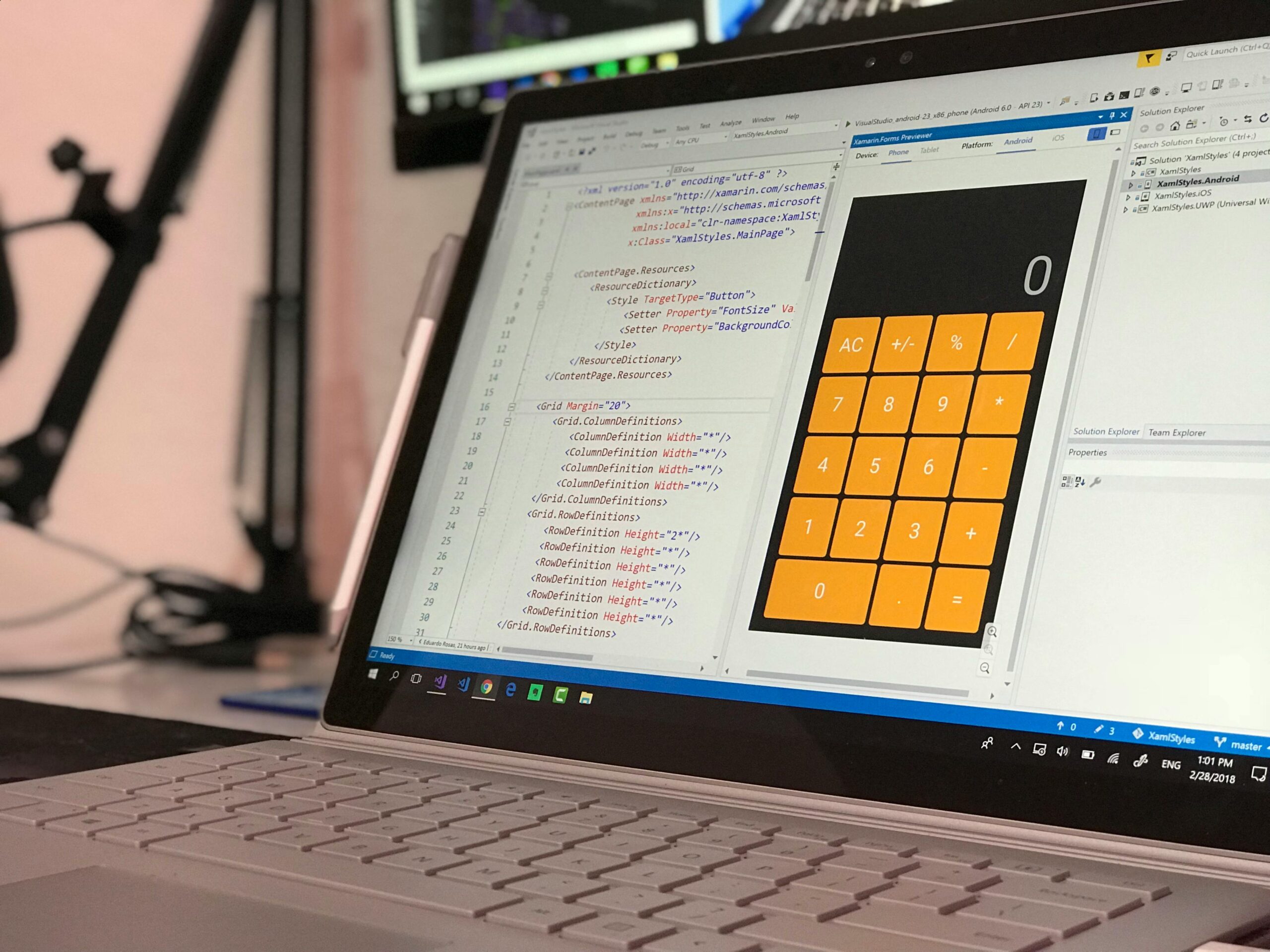Predicting the exact cost of mobile app development in 2025 is like predicting the weather three months out – there are strong indicators, but unforeseen variables can always shift the landscape. However, we can analyze current trends and emerging technologies to provide a well-informed estimate and discuss the factors that will influence pricing. These factors encompass everything from feature complexity and platform choice to the geographical location of your development team and the integration of cutting-edge technologies like AI and AR/VR.
Complexity and Features:
A simple, informational app with basic functionality will cost significantly less than a complex, data-driven app with features like real-time updates, personalized recommendations, user-generated content, and integrations with third-party services. Think of the difference between a simple calculator app and a sophisticated social media platform. The more features, the more development hours required, and the higher the cost. In 2025, the demand for more immersive and personalized experiences will likely drive up the average complexity, and therefore the cost, of app development.
Platforms (iOS, Android, Cross-Platform):
Developing for a single platform (either iOS or Android) is generally cheaper than building separate native apps for both. Cross-platform development frameworks, like React Native or Flutter, offer cost-effective solutions for reaching both markets with a single codebase. However, native development often provides better performance and access to platform-specific features. By 2025, cross-platform tools are expected to mature further, potentially narrowing the performance gap and making them an even more attractive option for budget-conscious developers.
Design and User Experience (UX/UI):
A polished and intuitive user interface is crucial for app success. High-quality UX/UI design requires skilled designers and thorough user testing. The complexity of the design, the number of screens, and the need for custom animations and transitions all contribute to the overall cost. The increasing emphasis on user-centric design and personalized experiences will likely make design a more significant factor in app development budgets in 2025.
Backend Development and Infrastructure:
Many apps require a backend infrastructure to handle data storage, user authentication, server-side logic, and APIs. The complexity of the backend and the choice of technologies (cloud platforms, databases, etc.) will impact the development cost. Scalability requirements will also play a significant role, as apps designed for large user bases will need more robust and expensive infrastructure.
Development Team Location:
Development rates vary considerably across different regions. Hiring developers in countries with lower labor costs can be more affordable, but communication and project management can become more challenging. The rise of remote work and globally distributed teams might mitigate some of these challenges in 2025.
Integration with Third-Party Services:
Integrating with services like payment gateways, social media platforms, or mapping APIs adds complexity and cost to the development process. The number and complexity of integrations will influence the final price.
Testing and Quality Assurance (QA):
Thorough testing is essential to ensure app stability, functionality, and performance across different devices and operating systems. The more complex the app, the more extensive the testing required, leading to higher QA costs.
Emerging Technologies (AI, AR/VR):
Integrating technologies like artificial intelligence (AI), augmented reality (AR), or virtual reality (VR) can significantly enhance app functionality and user engagement but also adds to the development complexity and cost. In 2025, these technologies are expected to become more accessible and integrated into mainstream apps, potentially influencing development budgets.
Maintenance and Updates:
Post-launch maintenance, bug fixes, and updates are ongoing costs that need to be factored into the overall budget. The frequency of updates and the complexity of the app will determine the ongoing maintenance costs.
Estimated Cost Ranges for 2025:
While providing an exact figure is impossible, based on current trends and projected technological advancements, we can estimate the following cost ranges for mobile app development in 2025:
Simple Apps (basic functionality, limited features):
$10,000 – $50,000
Medium Complexity Apps (more features, backend integration):
$50,000 – $150,000
Complex Apps (advanced features, AI/AR/VR integration):
$150,000 – $500,000+
The Role of Digital Marketing, AI Marketing, and Website Development:
Digital Marketing:
A successful app launch requires a robust digital marketing strategy to reach the target audience. This includes app store optimization (ASO), social media marketing, paid advertising, and influencer marketing. Digital marketing costs should be considered as part of the overall app development budget.
AI Marketing:
AI-powered marketing tools can optimize ad campaigns, personalize user experiences, and automate marketing processes. While AI marketing can be more effective, it also adds to the overall marketing cost.
Website Development:
A complementary website can enhance app visibility and provide users with additional information and support. The cost of website development will depend on the complexity of the site and its features.
In conclusion, the cost of mobile app development in 2025 will depend on a multitude of factors, including complexity, platform, design, technology, and the development team’s location. By carefully considering these factors and planning accordingly, businesses can develop a realistic budget for their app development project. Remember that investing in high-quality development and a strong marketing strategy is crucial for achieving app success in a competitive market. Staying informed about emerging technologies and trends in the mobile app development landscape will also help businesses make informed decisions and maximize their return on investment.


